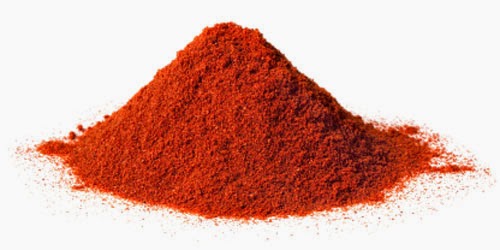Paprika is a spice made from air-dried fruits of the chilli pepper family of the species Capsicum annuum. Although paprika is often associated with Hungarian cuisine, the chilies from which it is made are native to the New World. Spain and Portugal introduced C. annuum to the Old World from the Americas. Spanish pimentón, as it is known there, is often smoked, giving it a unique, earthy flavour. The seasoning is also used to add colour and flavour to many types of dishes.
The use of paprika expanded from Iberia throughout Africa and Asia, and ultimately reached Central Europe through the Balkans, which were under Ottoman rule, explaining the Hungarian origin of the modern English term. In Spanish, paprika has been known as pimentón since the 1500s, when it became a typical ingredient of the western region of Extremadura. Despite its presence in Central Europe since the beginning of Ottoman conquests, it did not become popular in Hungary until the late 19th century.
Central European paprika was hot until the 1920s, when a Szeged breeder found one plant that produced sweet fruit. This was grafted onto other plants. Nowadays, paprika can range from mild to hot, and flavours also vary from country to country, but almost all the plants grown produce the sweet variety. The sweet paprika is mostly pericarp with more than half of the seeds removed, whereas hot paprika contains some seeds, placentas, calyces and stalks.
Paprika is produced in places including Hungary, Serbia, Spain, Macedonia, and some regions of the United States. It is used as an ingredient in a broad variety of dishes throughout the world. It is principally used to season and colour rices, stews, and soups, such as goulash, and in the preparation of sausages as an ingredient mixed with meats and other spices. In the United States, paprika is frequently sprinkled on foods as a garnish, but the flavour is more effectively produced by heating it gently in oil.
Spanish paprika (pimentón) is available in three versions — mild (pimentón dulce), moderately spicy (pimentón agridulce), and very spicy (pimentón picante). Some Spanish paprika, including pimentón de la Vera has a distinct smoky flavour and aroma, as it is dried by smoking, typically using oakwood.






















